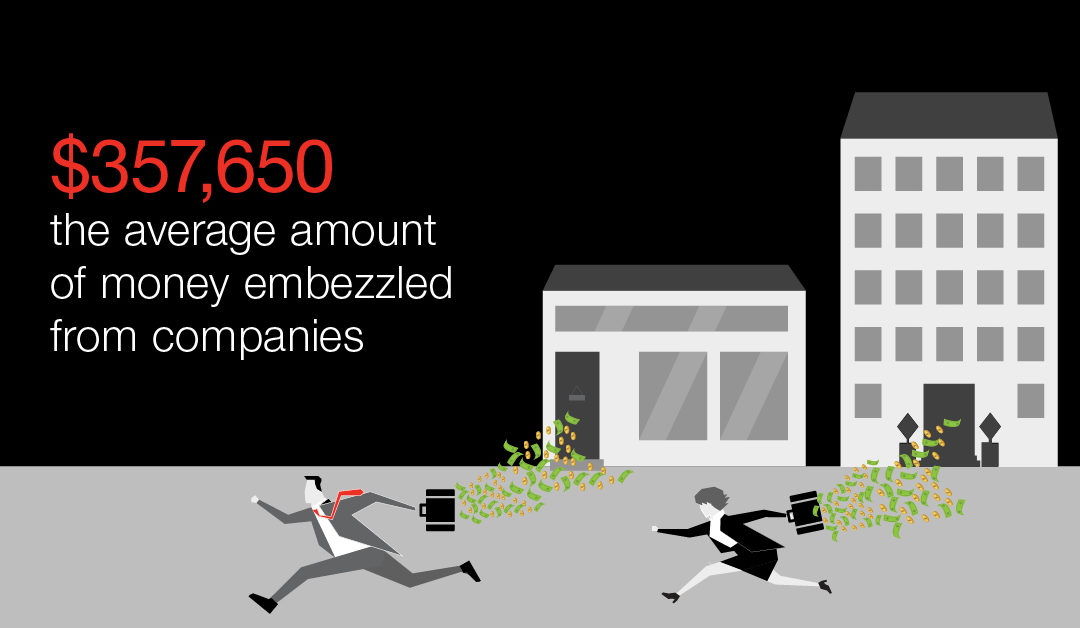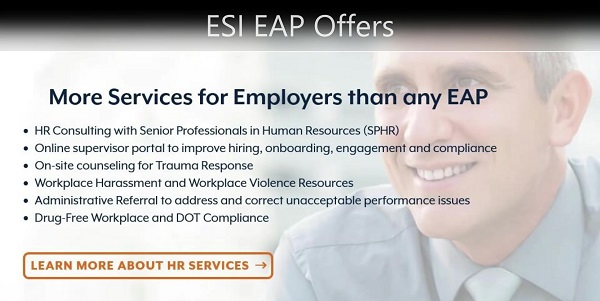It’s been a long time since we discussed the topic of employee theft on our blog … in 2006, we talked about a Florida case in which priests were convicted of stealing more than $8 million from their parish. In our post Thou shalt not steal at work, we opined that if priests were capable of grand theft, surely any employer was at risk of employee theft. We offered some theft statistics from the time, as well as tips for loss prevention, which included background checks at hiring, anti-theft policies, and regular audits.
The thieving priests apparently were using the proceeds to finance gambling trips and an “illicit relationship” with the bookkeeper. It makes sense that they had to be in cahoots with the bookkeeper, particularly in light of the findings of a recent study on embezzlement by specialty insurer Hiscox, which said that the average case of employee theft involved three people, with at least one being at managerial level or higher.
The 2018 Hiscox Embezzlement Study surveyed chief financial officers, controllers and accountants. Among the key findings:
- The average case of employee theft was perpetrated by three people in the same organization, with at least one who was at the manager level or above.
- Most cases went on for more than a year before they were discovered.
- The average loss was $357,650, of which just 39% was ever recovered by the company, including settlements, restitution or insurance.
- In addition to the stolen funds, companies that were victimized by an embezzler faced other costs. Many had to lay off employees because of the theft. They had to increase the amount of money they spent on auditing and on security measures. Many lost customers and vendors or had trouble attracting new ones.
- 45% of the cases led to criminal charges, with 58% of these cases resulting in a conviction.
- Embezzlement happens to companies of every size, in every industry.
Among the ways that Hiscox said that employers can protect themselves:
• Prevent embezzlement before it happens by instituting a system of checks and balances. Small businesses, for example, are more likely to give end-to-end responsibility for a money-centric function such as payroll to a single individual, making it easier to steal and cover their tracks.
• Detect fraud early to keep a small instance from becoming a larger incident; knowing what to look for is critical in spotting an embezzler. In 65% of cases, the embezzlement scheme was uncovered by an employee, rather than an external whistleblower, such as an auditor, bank or law enforcement.
• Mitigate the impact to your bottom line by insuring your business and pressing charges against the employee who steals from your business.
You can download the full report here: 2018 Hiscox Embezzlement Study: An Insider’s View of Employee Theft. It includes great information on the business cost of embezzlement and theft, warning signs, methodologies, advice for what to do and what not to do if you suspect an employee is stealing, and steps to protect your company.
Related: See a Hiscox study on Employee Lawsuits in our post: New Year’s resolution: Don’t get sued by your employees!
Image source: 2018 Hiscox Embezzlement Study: An Insider’s View of Employee Theft


